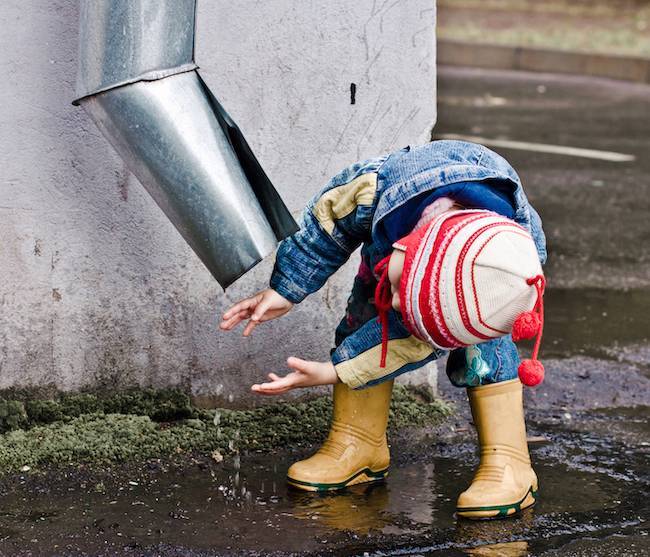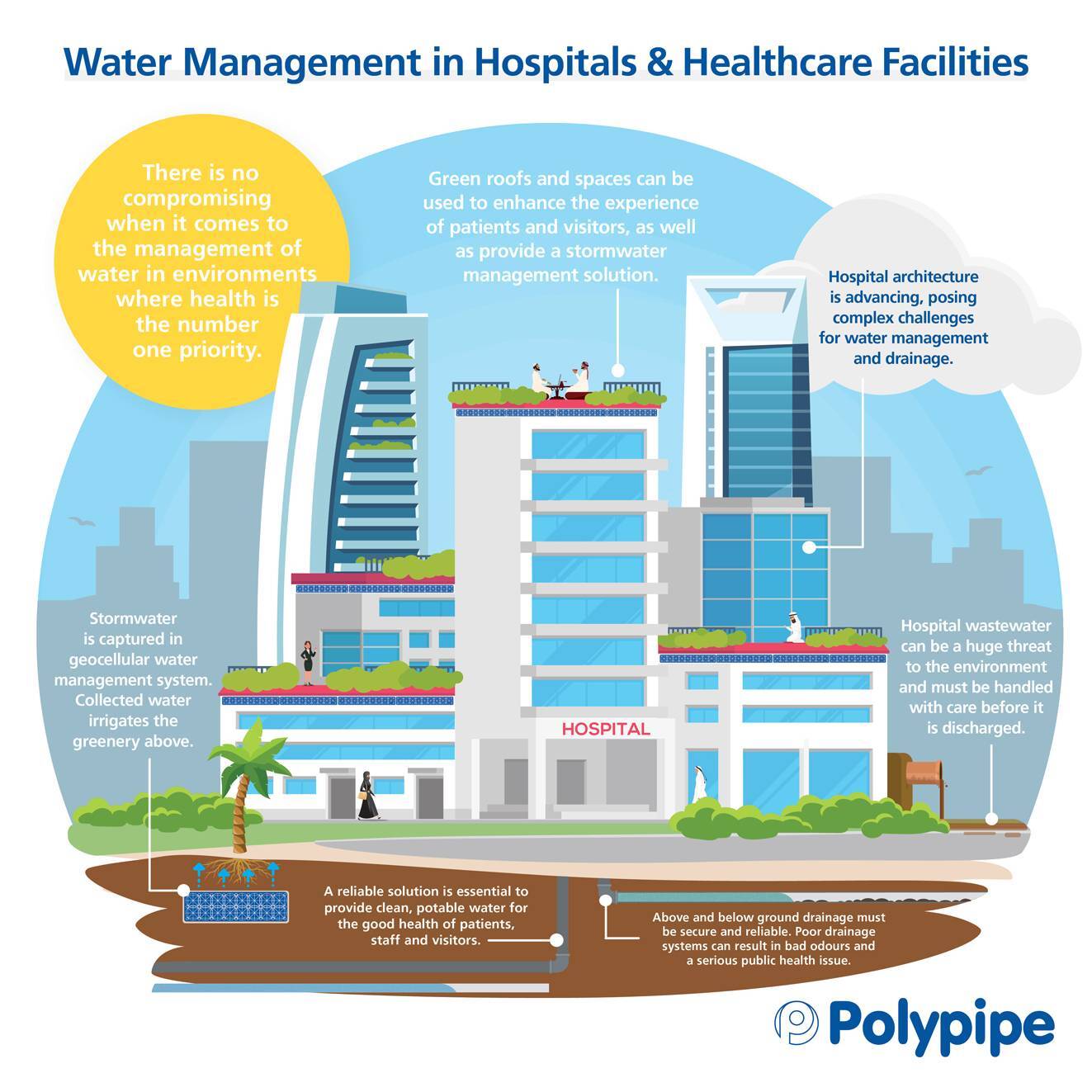Permavoid Shallow Geocellular Water Management System
Permavoid is our award-winning water management solution, designed to provide shallow water storage for attenuation, detention or soakaway/inf

Well-designed water and drainage systems are integral to successful, healthy and sustainable high-rise buildings and their occupants. In contrast, poorly designed, installed or functioning water and drainage systems are a real danger to the environment and public health.
Charles-Edward Amory Winslow, a seminal figure and expert in public health, defined it as “the science and art of preventing disease, prolonging life and promoting human health through organised efforts and informed choices of society, organisations, public and private, communities and individuals”.
Hence, water and drainage systems play a huge part in the public health arena. When water is incorrectly handled, stagnant or polluted, it can have huge implications on human health.
And as buildings get taller and more complex in the Middle East and the population increases, the challenge of water management and drainage systems grows.
What we mean by great drainage
It’s not enough to provide great drainage products, because great drainage goes beyond the product. When we talk about great drainage, we are referring to a 360-degree approach, from planning and design through to installation, operation and maintenance. What may be classed as great drainage in one application, isn’t necessarily great in another. As a general rule of thumb, these are our rules for great drainage;
Essentially, great drainage should go unnoticed and provide sustainable and resilient water and climate management for the built environment.
Where possible, drainage water should be re-used to minimise unnecessary water waste. Water waste can be tackled by utilising a shallow water attenuation or detention system, contributing to an overall green infrastructure approach. Our Permavoid solution not only supports this approach, but can also be used to create green roofs that capture water at source. The captured water can then be used for a variety of purposes, from re-use in the building to irrigation.
In certain applications and industries, great drainage is even more imperative. For example, the healthcare industry’s number one priority is to make people healthier and nothing should compromise that. We’ve demonstrated some basic approaches to water management in healthcare in the infographic below:

Drainage regulation… or lack of
Design and regulation documents for public health installations are not readily available or strictly formalised in the Middle East, leaving room for interpretation when it comes to water and drainage systems. In reality, the Middle East is still developing when it comes to public health engineering services within construction.
What is important is that, as an industry, we actively encourage the design and installation of safe and reliable public health systems within the built environment. We must promote good practice through knowledge sharing to educate people of the benefits of engineered systems, to protect the wider community – everyone should be invested in this and it’s a very positive change.
Our approach is guided by our Technical Director, Keith Perry, who is at Fellow Grade within CIBSE, the Chartered Institution of Building Services Engineers and a representative of SoPHE UAE, the Society of Public Health Engineers. He is a regular speaker and presenter on Public Health engineering and best practices for high-rise drainage.
Responsible operations
In tandem with public health, water services and drainage must be responsibly designed and operated, in accordance with the sustainable aspirations of the region and the rest of the world. Sustainable water management systems are designed to capture, store and re-use water to ensure the precious resource never goes to waste. Re-use is often in the form of irrigation or sanitation facilities, such as toilets. Water re-use is part of a resilient city strategy and should be considered ‘the only way forward’ in today’s world.
Our drainage approach
Our end-to-end approach to drainage leaves no stone unturned. With the use of engineered, established and high-performing solutions, such as our Terrain Below Ground and Above Ground Drainage, we ensure quality planning and execution for every project.
In addition, our approach to Green Infrastructure and our intelligent water management solutions to support it, are based on tackling climatic challenges. It’s about working with, not against, nature to the avail of many benefits. These benefits include cooling the climate, increasing the happiness and wellbeing of people, increasing biodiversity and preventing flooding.
Our team of experts are on hand to discuss our approach and solutions for Public Health drainage in high-rise buildings.
Contact us today to discuss the transformative solutions for your project:
Tel: +971 (0) 4 518 3000
Email: middleeast@polypipe.com
Permavoid is our award-winning water management solution, designed to provide shallow water storage for attenuation, detention or soakaway/inf
Suitable for commercial, industrial, housing and public sector developments, our comprehensive range of Terrain Below Ground drainage products are spe
Globally respected for its international accreditation and durable solvent weld jointing methods, the Terrain PVC-u above ground drainage system has b